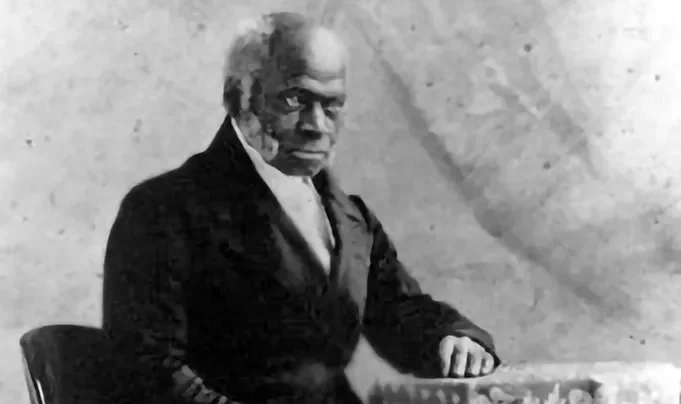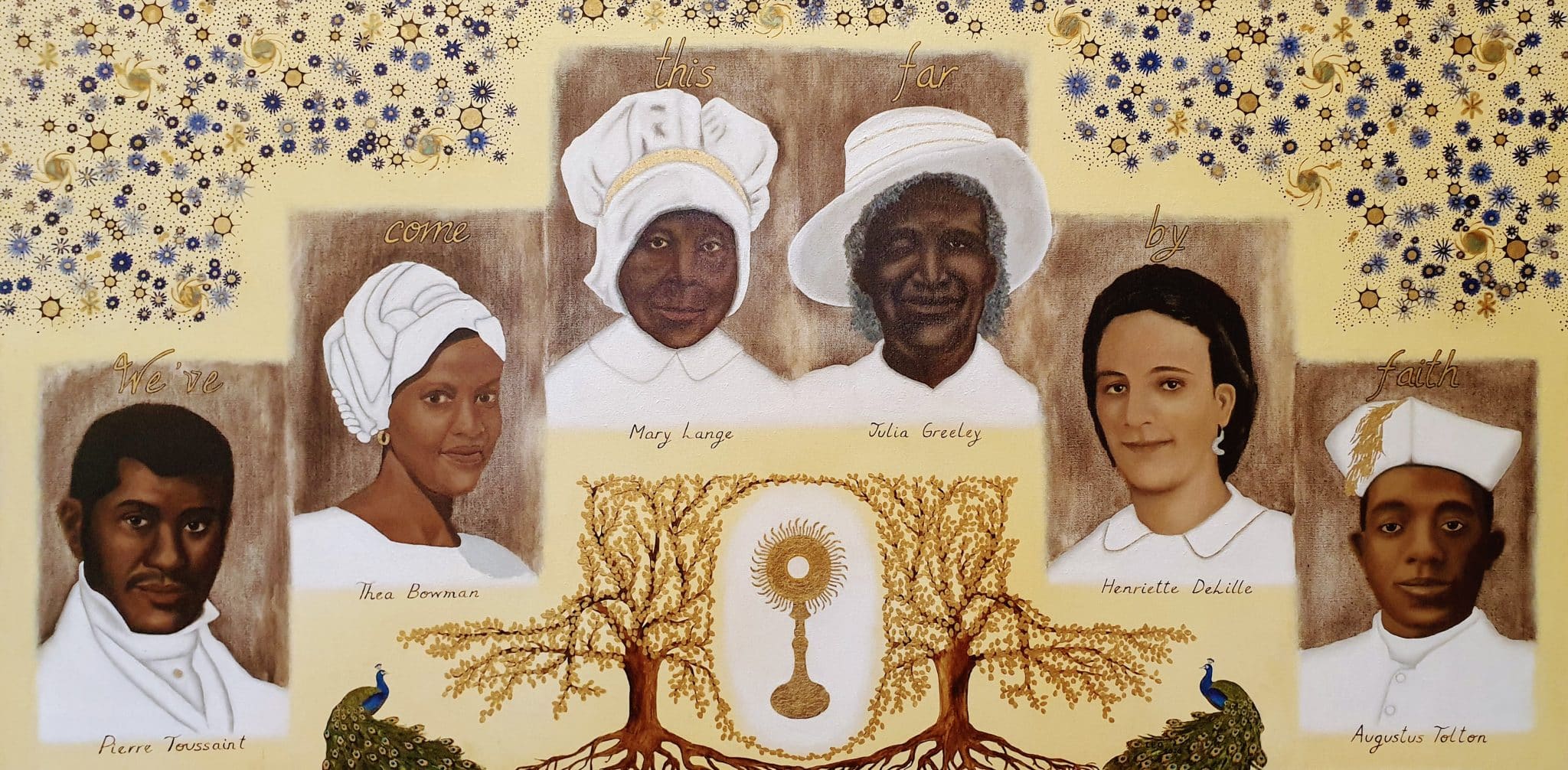Born a slave in Haiti, Toussaint came to New York as property of a French Haitian Bérard family, which later freed him in 1807.
Toussaint established himself as a successful hairdresser at the service of New York’s upper crust. Taking his gospel call seriously, Toussaint found ways to speak about his faith both explicitly and implicitly. Many patrons, friends, and neighbors benefitted from Toussaint’s counsel.
Toussaint gained a sizable salary, much of which he put toward a lifelong mission of charity. With his wealth, he purchased his sister’s freedom as well as that of his future wife, Juliette. After they wed in 1811, Juliette and Pierre spent their lives together in service to the poor and needy.
Although the Toussaints did not have any children of their own, they adopted Pierre’s niece Euphemie. The couple took in boarders and orphans, funded orphanages, operated a credit bureau, helped the unemployed develop skills and find work, and established hostels for priests and refugees.
They were generous in the support of ecclesial institutions and were longtime benefactors of religious communities. Toussaint attended to the needs of the sick and suffering. When epidemics hit the city, Toussaint remained to help care for the afflicted and dying.
A daily Mass attendee for more than 60 years, Toussaint was a longtime parishioner at New York’s first parish, St. Peter’s. Each day he walked the streets to church while being passed by carriages and street cars that would not transport him because of the color of his skin. Rather than becoming embittered by the hardships he endured because of his race and his Catholic faith, the model layman only gave more.
Toussaint died on June 30, 1854. In 1990, his remains were moved to St. Patrick’s Cathedral in New York City. Not only is he the only layman to have been afforded this opportunity, it is also a poetic postscript to the life of a man whose race once prohibited him from entering the city’s Old St. Patrick’s Cathedral. Pierre Toussaint was declared venerable by Pope St. John Paul II in 1996.
–Taken from Angelus News

